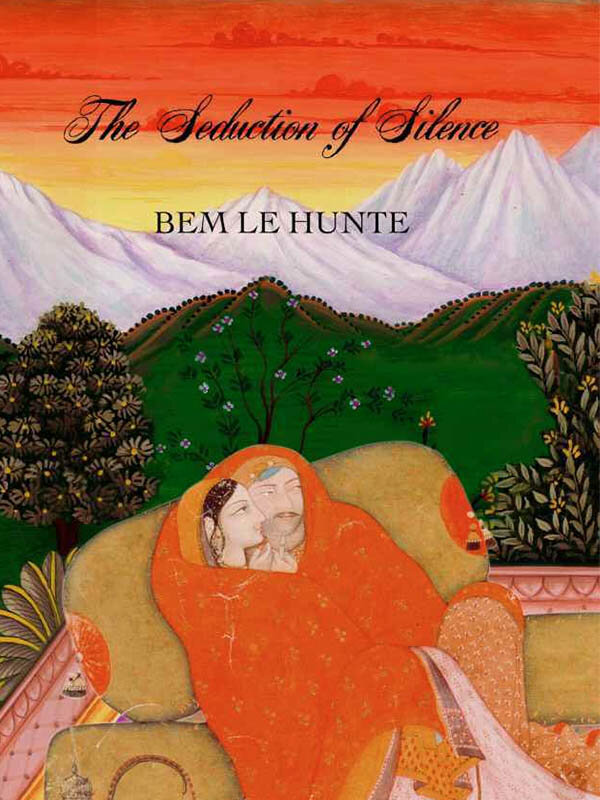(September 4, 2022) When he first arrived in the United State of America in 1991, he was a little puzzled by the culture and thought he might not fit in there. About three decades later today, 55-year-old Laxman Narasimhan is all set to take over as the CEO of coffee-giant, Starbucks at a tumultuous time. Joining the likes of Sundar Pichai at Google, Parag Agarwal at Twitter, Arvind Krishna at IBM, Leena Nair at Chanel, and many other Indians who are heading global corporations, the Pune-born executive is slated to officially start as CEO next April.
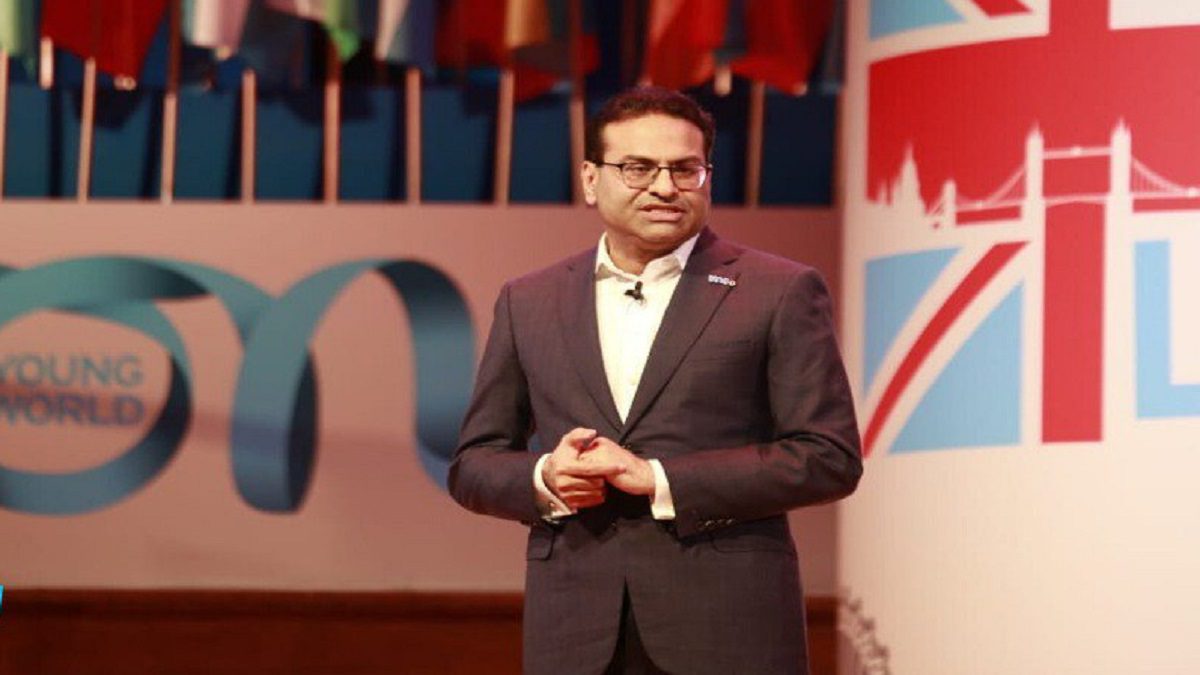
Laxman Narasimhan has been named the next Starbucks CEO
While it is a big responsibility to head a coffeehouse company, which has over 33,000 stores in 80 countries and more than 3,50,000 employees globally, this is not the first time that Narasimhan is at the helm of overseeing globally known companies. The top executive recently stepped down as the CEO of Reckitt Benckiser Group plc, the company behind heritage brands Dettol, Strepsils, Harpic, and many other household items. Before his three-year stint at Reckitt, the Indian-American business executive was appointed as the Chief Commercial Officer at PepsiCo Inc in 2012, where he worked very closely with Indra Nooyi. Known as a “turnaround agent”, this Global Indian has successfully improved the financial position of all the companies he has worked in.
From Pune to Pennsylvania
Born in a middle-class family in Pune, Narasimhan’s childhood was no different than any other ordinary child’s in India. A brilliant student, the young boy would often sneak out of the house with his brother, to play cricket with their neighbourhood friends. In an interview with The Sunday Times, which was published earlier this year, he said his childhood was “tough”, recalling the death of his older sister who passed away before he was born, and how his elder brother died at the age of eight due to kidney infections.
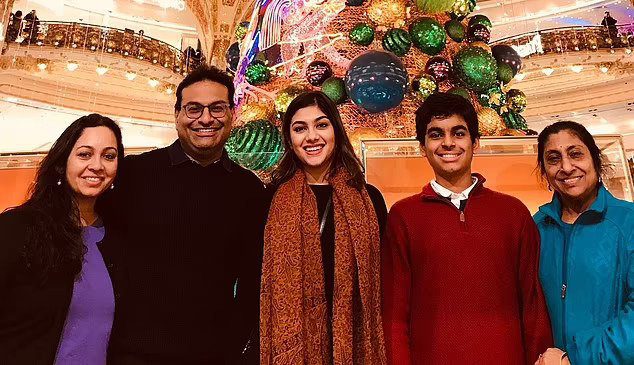
Narasimham with his family in Paris
A high-achieving kid from a young age, Narasimhan earned a degree in mechanical engineering from the College of Engineering, University of Pune. He spent his college days regularly travelling home to care for his father who fell severely ill at the time. Of growing up in India, he said, “you learn resilience, you learn tolerance, you learn to find a way through”. A “collection of scholarships and two jobs” helped Narasimhan go abroad for further studies, where he pursued an MA in German and International Studies from The Lauder Institute at the University of Pennsylvania, and an MBA in Finance from the Wharton School at the University of Pennsylvania.
Along his journey from India to the USA, the man didn’t just pick up degrees. According to several media reports, the executive is a hyperpolyglot and can speak as many as six languages. Narasimhan is fluent in German, English, Spanish, Hindi, and two other Indian languages.
Driven by purpose
After he finished his MBA, Narasimhan started his career with a global management consulting firm, McKinsey & Company. In his 19-year-long stint with the company, the executive held many positions around the world, and eventually became a director and location manager of McKinsey’s New Delhi office. In 2012, he joined PepsiCo, where he rose through the ranks, supervising operations in Latin America, Europe, and sub-Saharan Africa, and becoming a chief commercial officer. Not many are aware that Narasimhan was in the running to get the top job after Indra Nooyi stepped down as the CEO of the company. However, the job went to Ramon Laguarta.
In 2019, Narasimhan was hired as the Chief Executive Officer by Reckitt Benckiser, which was going through a rough phase, burdened by $16.6 billion takeover. Despite the company’s ill-fated split with Mead Johnson, it took Narasimhan only a few months to start selling the underperforming operations. In 2021, the executive was lauded by Reckitt’s investors and stockholders for steering the company through the pandemic. Speaking to McKinsey during an interview, Narasimhan said, “When I became the CEO of Reckitt I decided that I would take six months to lay out what I thought the company should be and where we should go. As part of that, I spent a lot of time in our markets. I sold with our salespeople and met with customers. I immersed myself in our R&D. And that’s how we got to our purpose: to protect, heal, and nurture in the relentless pursuit of a cleaner and healthier world.”
Today is formally day one of my RB journey as CEO. And I am on a journey – to listen, and learn, from everyone as we craft the future of RB together. For the first time I can proudly say #WeAreRB. @discoverRB. Read more: https://t.co/3BC651b8Tp pic.twitter.com/HS4ZsbIGKK
— Laxman Narasimhan (@lakslnarasimhan) September 2, 2019
Starbucks is currently navigating a burgeoning unionisation push following a difficult phase for workers during the pandemic. Talking about the importance of hiring Narasimhan as the top executive, the current CEO of the coffee giant, Howard Schultz said, “He’s a true operator and has the DNA of an entrepreneur,” adding, that his background in technology and supply chains would be invaluable to the company. Schultz is expected to remain in charge of the company for the next several months before Narasimhan takes over as the CEO. The top executive is set to draw $1.3 million (about Rs 10 crore) as his annual base salary as the CEO of Starbucks. He also received a signing bonus of $1.5 million and a replacement equity grant with a target value of $9.25 million

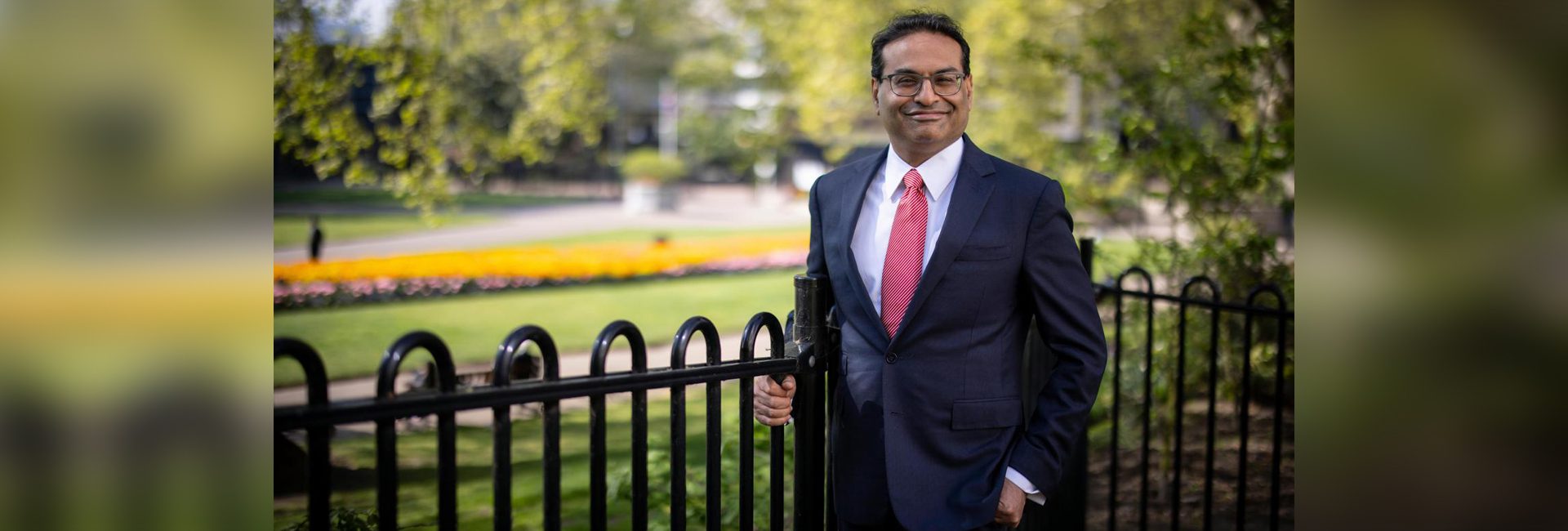
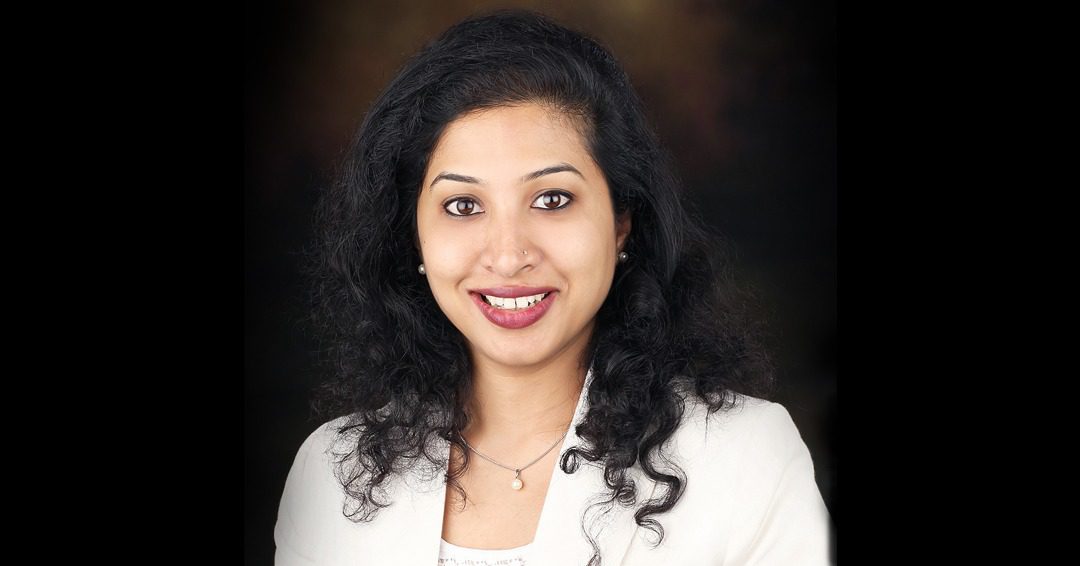
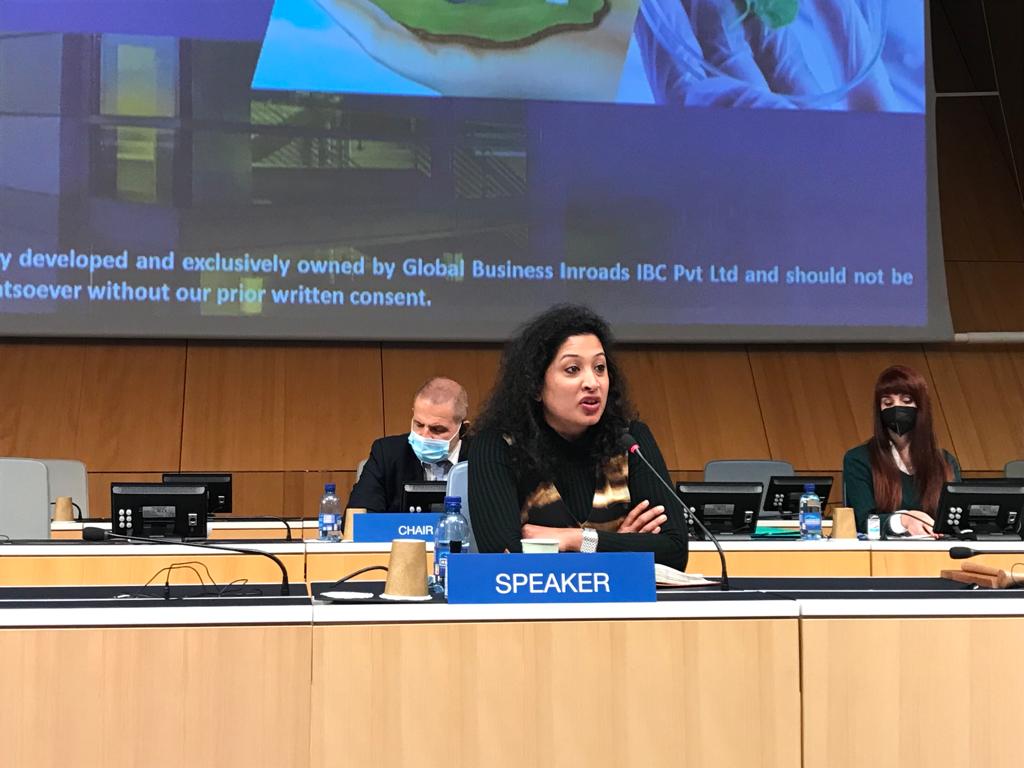 Leena at the WIPO event in Geneva[/caption]
Leena at the WIPO event in Geneva[/caption]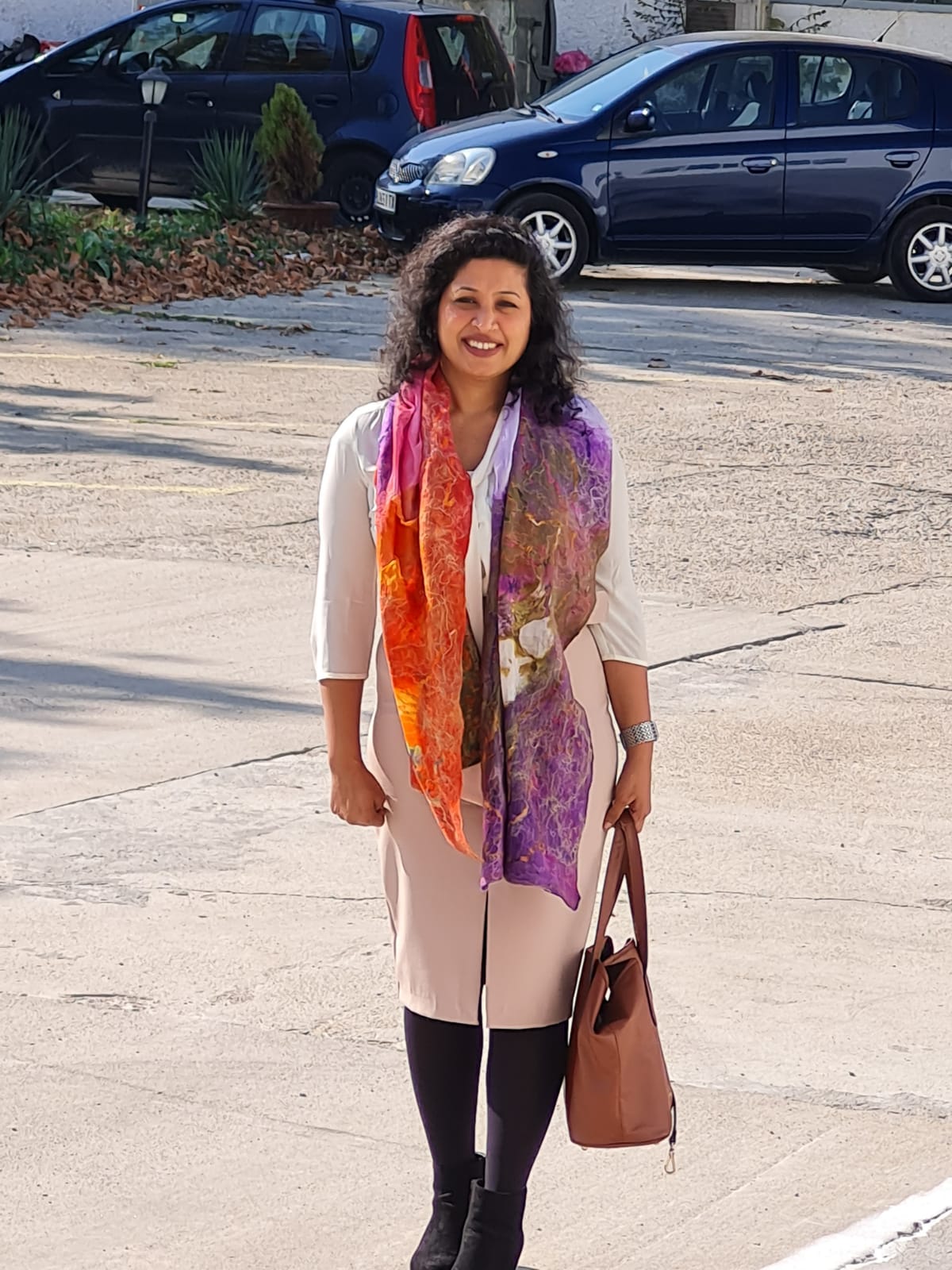
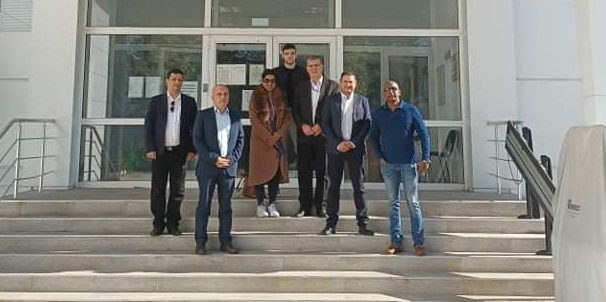 Leena and Shibu at GBI's Europe office in Bulgaria[/caption]
Leena and Shibu at GBI's Europe office in Bulgaria[/caption]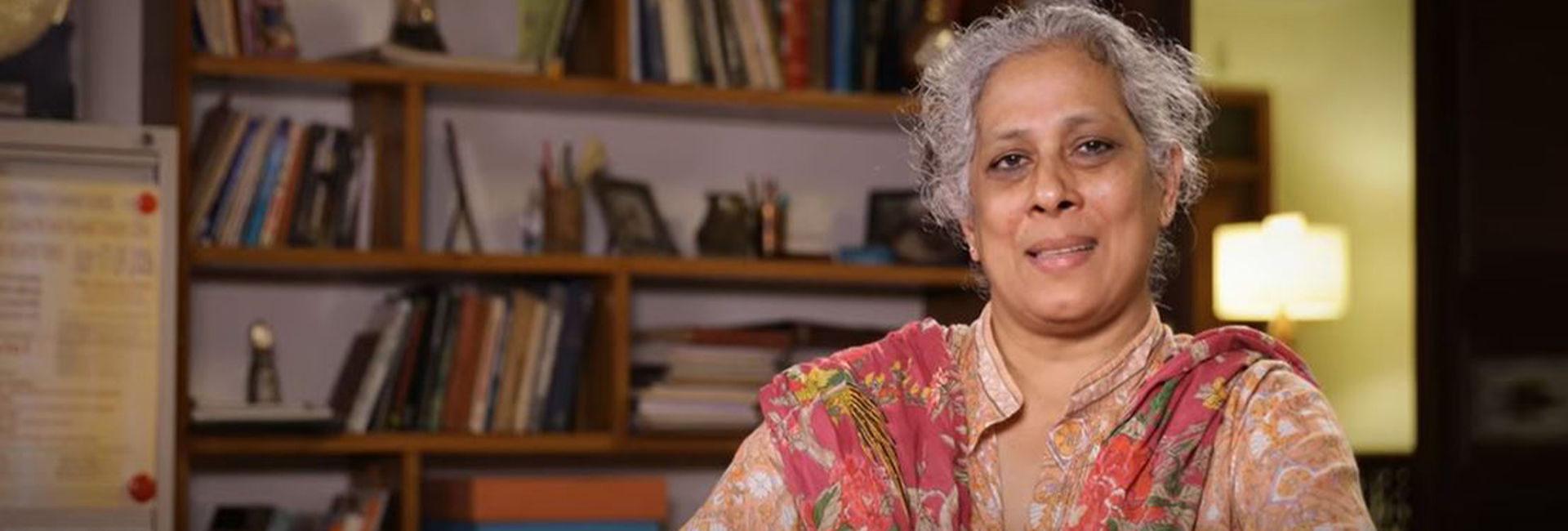
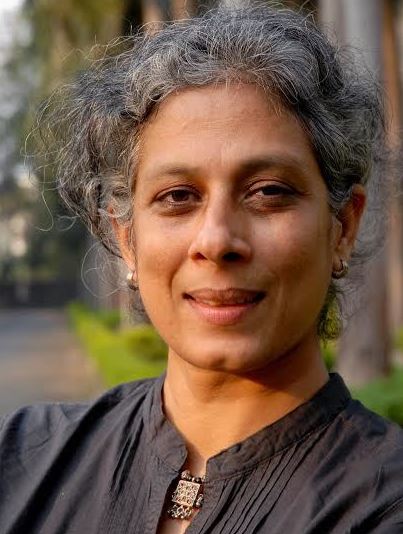 Professor Sujatha Ramdorai[/caption]
Professor Sujatha Ramdorai[/caption]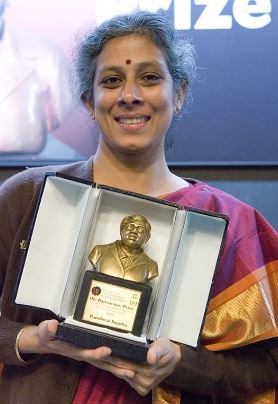 Photo Credit: International Centre for Theoretical Physics, Italy[/caption]
Photo Credit: International Centre for Theoretical Physics, Italy[/caption]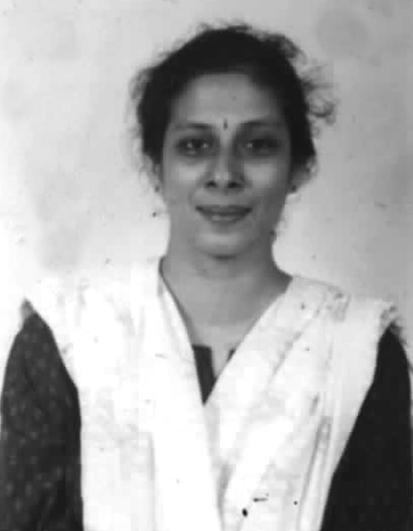 Photo Credit: Indian Academy of Sciences, Bengaluru[/caption]
Photo Credit: Indian Academy of Sciences, Bengaluru[/caption]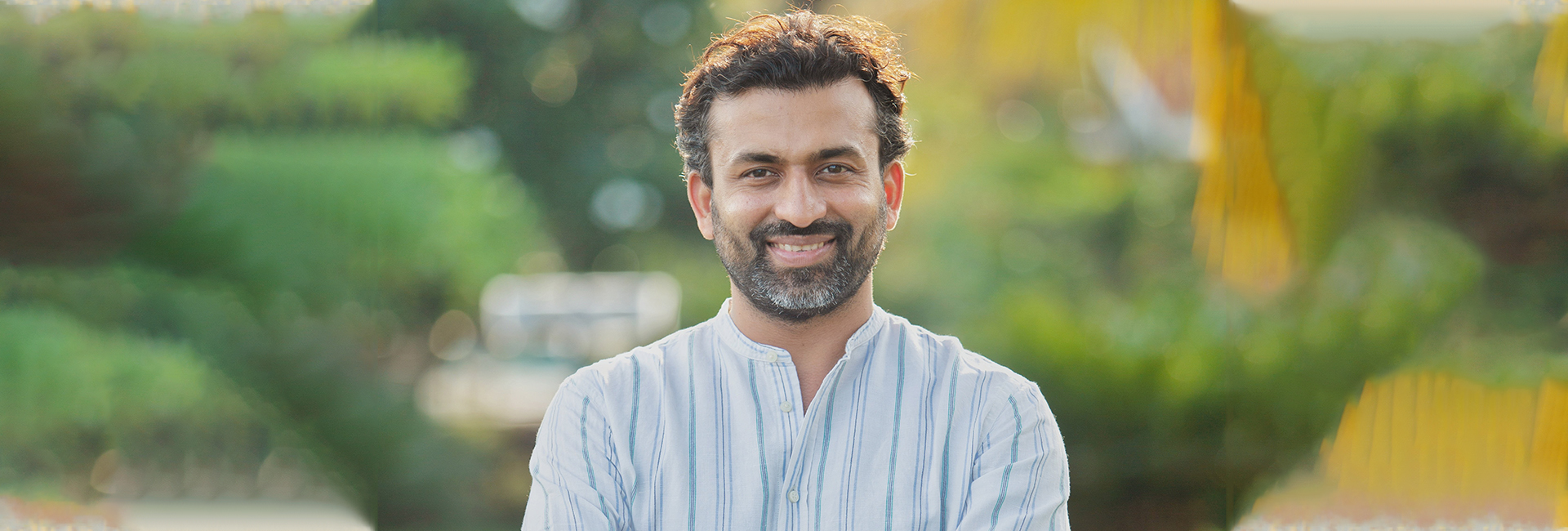
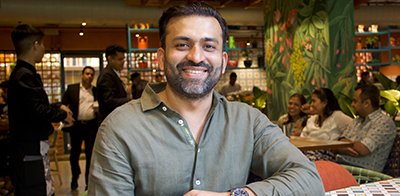 Ankit Gupta, co-founder, Hunger Pangs Private Limited[/caption]
Ankit Gupta, co-founder, Hunger Pangs Private Limited[/caption] The tea leaf salad, with avocado and laphet dressing[/caption]
The tea leaf salad, with avocado and laphet dressing[/caption]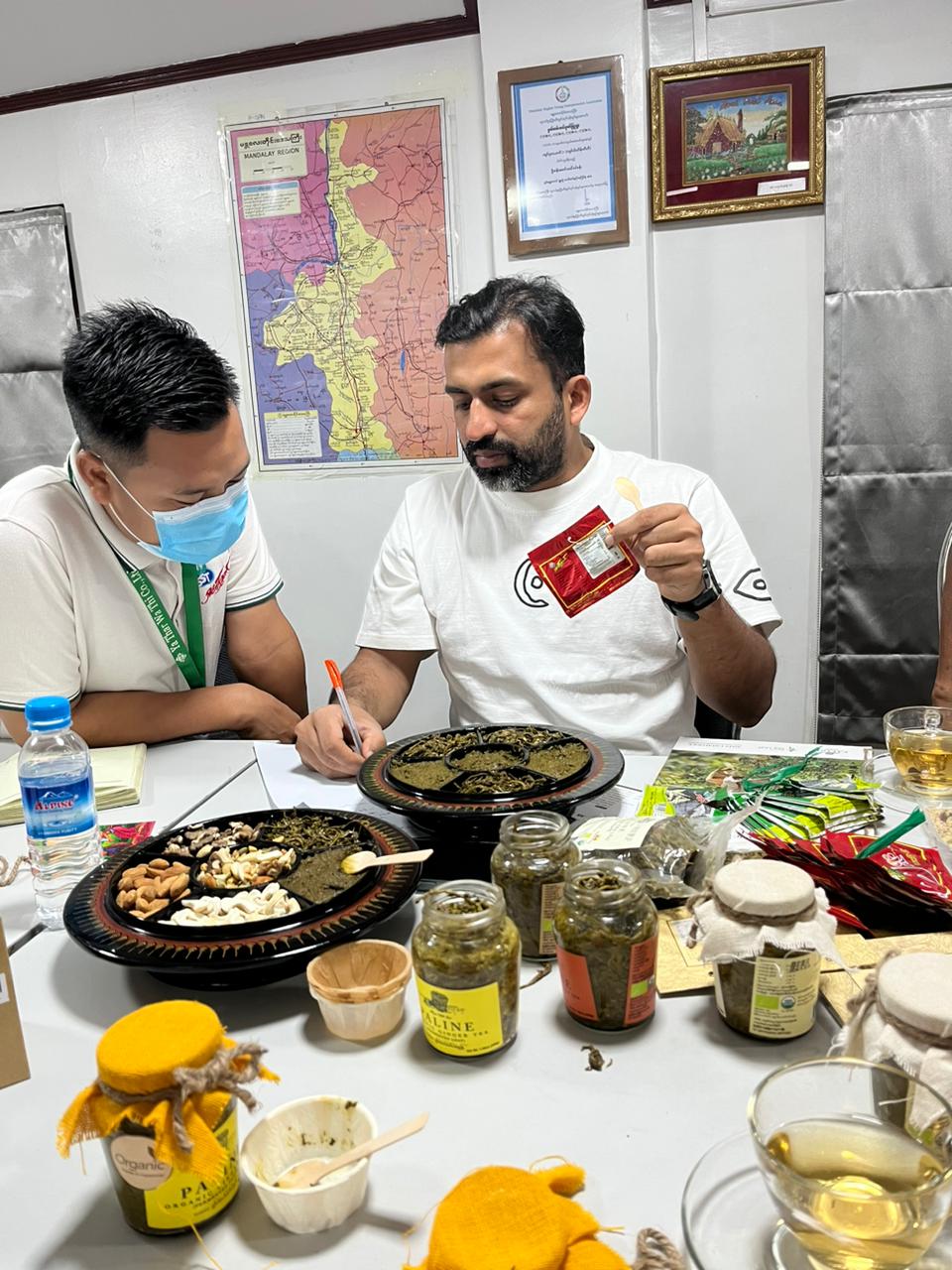

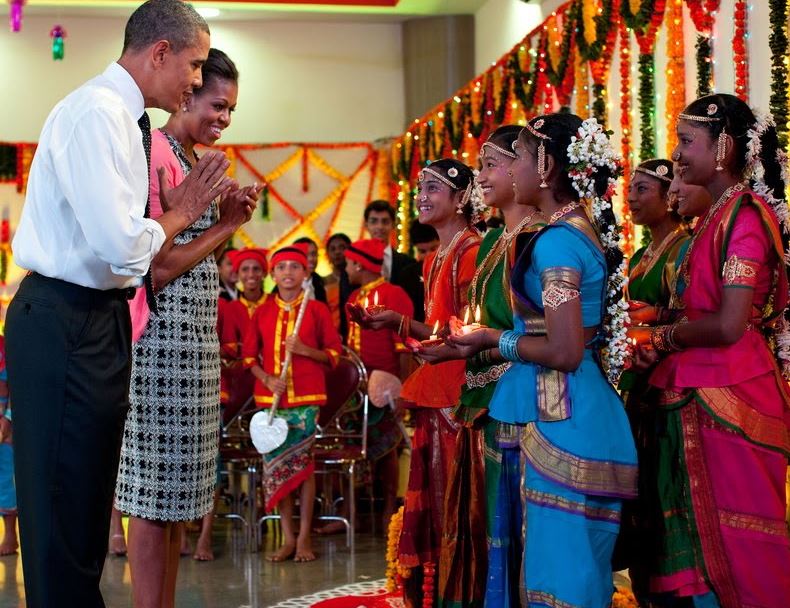 Obamas celebrating Diwali in 2010[/caption]
Obamas celebrating Diwali in 2010[/caption] A digital mural on One World Trade Center in 2021[/caption]
A digital mural on One World Trade Center in 2021[/caption] Celebrities and Influencers of the diaspora[/caption]
Celebrities and Influencers of the diaspora[/caption]
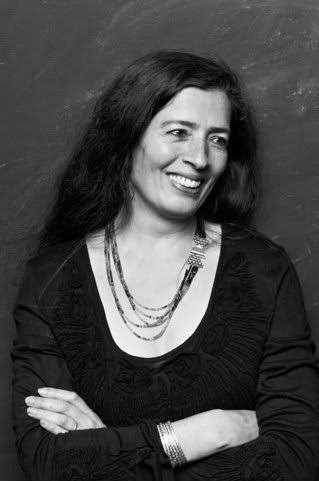 Bem le Hunte[/caption]
Bem le Hunte[/caption]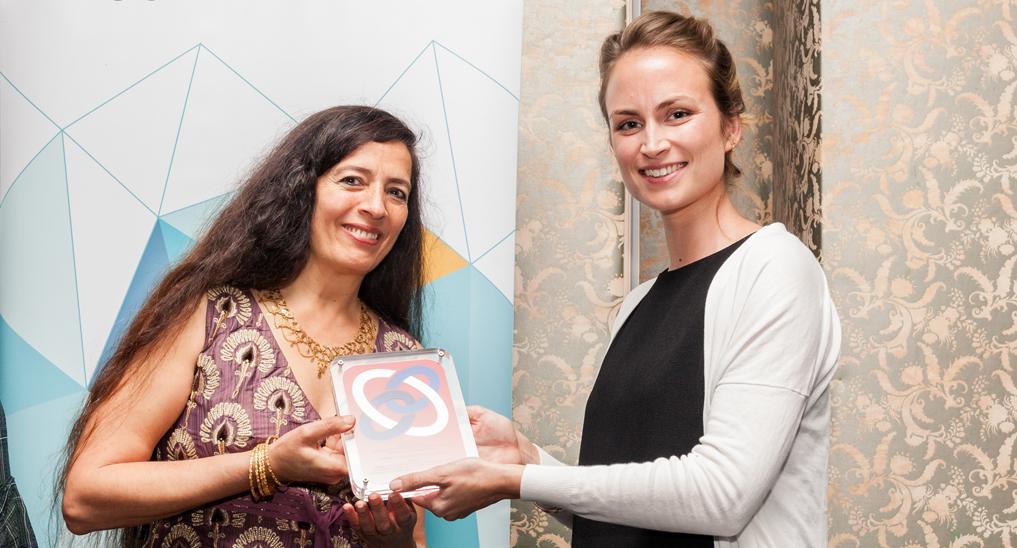 Course Director, Associate Professor Bem Le Hunte accepting the BHERT Award.[/caption]
Course Director, Associate Professor Bem Le Hunte accepting the BHERT Award.[/caption] Bem Le Hunte[/caption]
Bem Le Hunte[/caption]